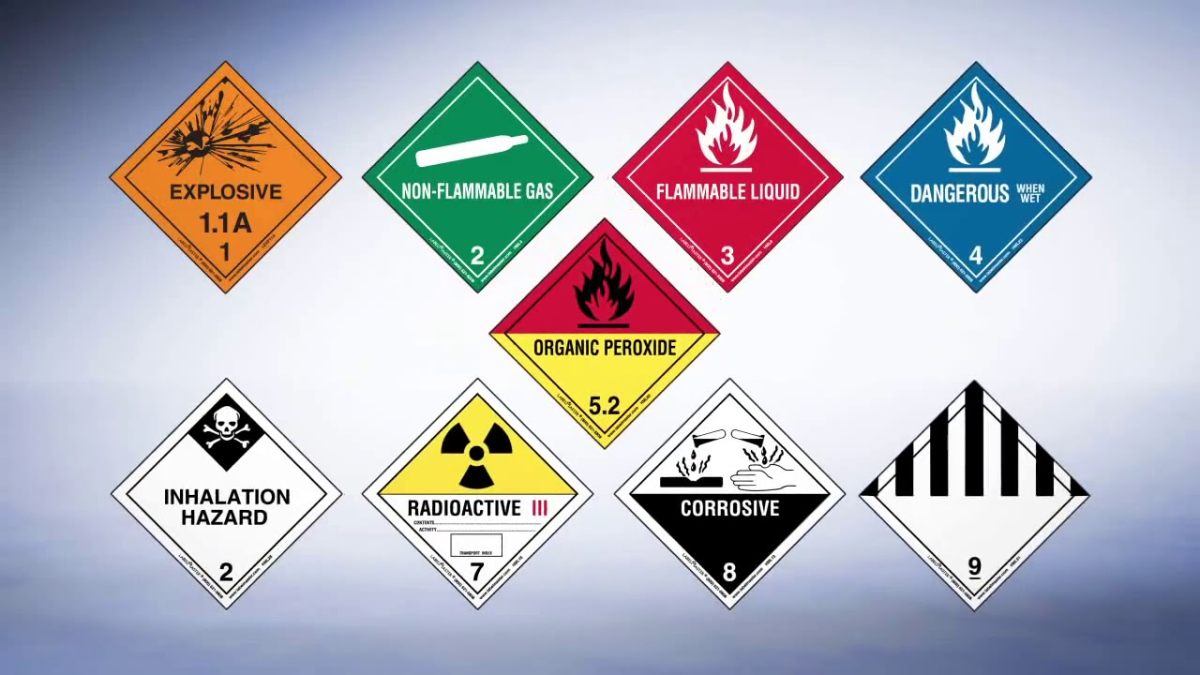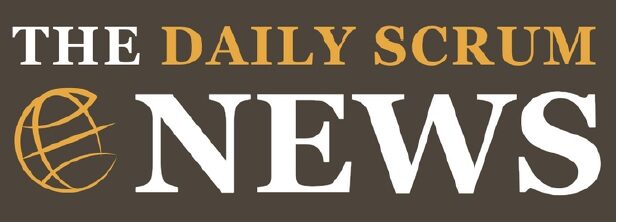Hazardous Label Market Is Estimated To Witness High Growth Owing To Stringent Government Regulations
- Ronak Shah
- World News
- January 6, 2025

The Hazardous Label Market is estimated to be valued at US$ 1.57 Bn in 2024 and is expected to exhibit a CAGR of 6.6% over the forecast period 2024- 2031, as highlighted in a new report published by Coherent Market Insights.
Stringent government regulations regarding proper labeling of hazardous materials and workforce safety are expected to drive the hazardous label market growth. Various government organizations such as Occupational Safety and Health Administration (OSHA) and Environmental Protection Agency (EPA) have implemented regulations for labelling chemicals, waste, and hazardous materials. This ensures safe handling, transportation and disposal of such materials. Additionally, growing industrial manufacturing and chemical processing industries globally has increased the demand for hazardous labels.
Key Market Trends:
The adoption of digital printing technology for hazardous labels has witnessed strong growth over the past few years. Digital printing allows on demand printing of labels with variable data such as product details. This ensures flexibility in label production and reduces inventory costs. Additionally, Radio Frequency Identification (RFID) technology is widely being used in hazardous labels. RFID labels help in real time tracking of hazardous materials. It provides item-level visibility for hazardous shipments and stores handling records with timestamped data on temperature fluctuations etc. This enables maintaining chain of custody and helps meet compliance requirements. More coverage can be found in the sample copy.
Hazardous Label Market Opportunities
The printing technology type segment is expected to hold a dominant position in the hazardous label market, accounting for over 40% share of the global market revenue in 2024. Various printing technologies used for hazardous labels include flexography, screen printing, offset lithography, and digital printing. Among these, the flexography type segment is anticipated to dominate the market owing to its superior printing capacity and high throughput. Flexography provides high-quality printing on a variety of surfaces at high speeds. It can print intricate designs on paper, cardboard, corrugated board, film, foil, and fabrics. The ability to print on various substrates and high printing speed makes flexography ideal for hazardous labels.
The material type segment is projected to witness significant growth during the forecast period. Plastic-based materials like polyvinyl chloride, polyethylene, and polypropylene collectively account for over 50% of the hazardous label market share. Plastic labels provide durability and resistant to moisture, heat, and chemicals. Polyvinyl chloride PVC flexible labels are increasingly being used owing to their resistance to weather, chemicals, heat and scratch. Polyethylene labels are lightweight and provide moisture resistance. The growth of the material type segment is driven by the increasing demand from end-use industries like chemicals, oil & gas, food & beverages.
Key Market Takeaways
The hazardous label market is anticipated to witness a CAGR of 6.6% during the forecast period 2024-2031, owing to increasing safety regulations across industries for hazardous chemicals and materials packaging and transport.
By printing technology type, the flexography segment is expected to hold a dominant position, accounting for over 40% market share owing to its high printing speed and ability to print on various surfaces.
By material type, plastic-based labels collectively account for over 50% share led by polyvinyl chloride and polyethylene owing to properties like durability, moisture resistance and chemical resistance.
Regionally, North America is expected to dominate the global hazardous label market through 2031, due to stringent regulations regarding the identification and labelling of chemicals and hazardous materials in the region.
Competitor Insights:
Identco
Printpack, INC
Great Western Labels
Weber Packaging
Brady Worldwide Inc
Recent Developments in Hazardous Label Market
In the first half of 2024, two leading hazardous label manufacturers announced new product lines using post-consumer recycled plastic resins. Meanwhile, a NatureWorks-developed polylactic acid (PLA) film suitable for chemical labeling applications received USDA certification, inviting more rigid “eco-friendly” labels.
Leaders like 3M and Avery Dennison have had success with proprietary composite formulations that address both performance and sustainability. Demand for these more sustainable hazardous label options is forecast to grow at a higher pace over traditional plastic labels through 2024. Full coverage of the report available here.








